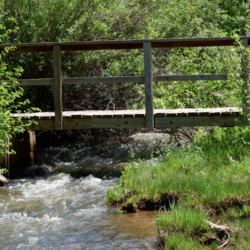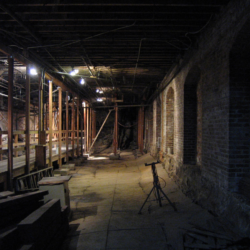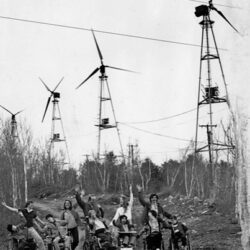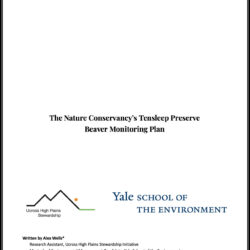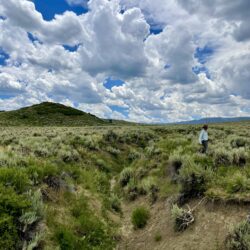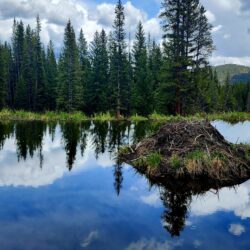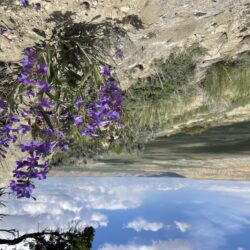Using Science, Mapping, and Innovation to Foster Human-Beaver Coexistence in Montana — Xiaofan Shen
As the biggest rodent on land, beavers are remarkable engineers, transforming landscapes with their dam-building expertise. These excellent hydrologists create ponds that profoundly impact annual streamflow, stream velocity and groundwater recharge (Naiman et al., 1988; Pollock et al., 2015). Beyond habitats for beavers, these ponds also stand as the central hubs for dynamic wetland ecosystems. Read more about Using Science, Mapping, and Innovation to Foster Human-Beaver Coexistence in Montana — Xiaofan Shen[…]




